-
 Bitcoin
Bitcoin $101,898.5005
-0.75% -
 Ethereum
Ethereum $2,258.1125
-1.07% -
 Tether USDt
Tether USDt $1.0004
0.01% -
 XRP
XRP $2.0178
-2.93% -
 BNB
BNB $624.0243
-1.53% -
 Solana
Solana $134.3298
-0.90% -
 USDC
USDC $0.9999
0.01% -
 TRON
TRON $0.2675
-2.05% -
 Dogecoin
Dogecoin $0.1538
-1.96% -
 Cardano
Cardano $0.5482
-1.11% -
 Hyperliquid
Hyperliquid $35.5636
5.45% -
 Bitcoin Cash
Bitcoin Cash $453.4902
-1.66% -
 Sui
Sui $2.5134
-2.97% -
 UNUS SED LEO
UNUS SED LEO $9.1292
1.77% -
 Chainlink
Chainlink $11.8457
-1.60% -
 Stellar
Stellar $0.2312
-2.73% -
 Avalanche
Avalanche $16.9721
0.29% -
 Toncoin
Toncoin $2.7549
-3.82% -
 Shiba Inu
Shiba Inu $0.0...01081
-1.10% -
 Litecoin
Litecoin $80.8250
-0.71% -
 Hedera
Hedera $0.1374
0.21% -
 Monero
Monero $305.4827
-2.36% -
 Ethena USDe
Ethena USDe $1.0006
0.00% -
 Dai
Dai $1.0000
-0.01% -
 Polkadot
Polkadot $3.2085
-3.12% -
 Bitget Token
Bitget Token $4.0845
-3.13% -
 Uniswap
Uniswap $6.3353
-1.63% -
 Pi
Pi $0.5085
-0.70% -
 Pepe
Pepe $0.0...08913
-3.82% -
 Aave
Aave $232.7090
-0.58%
What are the warning signs before NFT project parties run away with the money?
A legitimate NFT project promotes transparency, avoids unrealistic promises, and offers clear utility to ensure long-term value and trust.
Jun 23, 2025 at 08:15 am
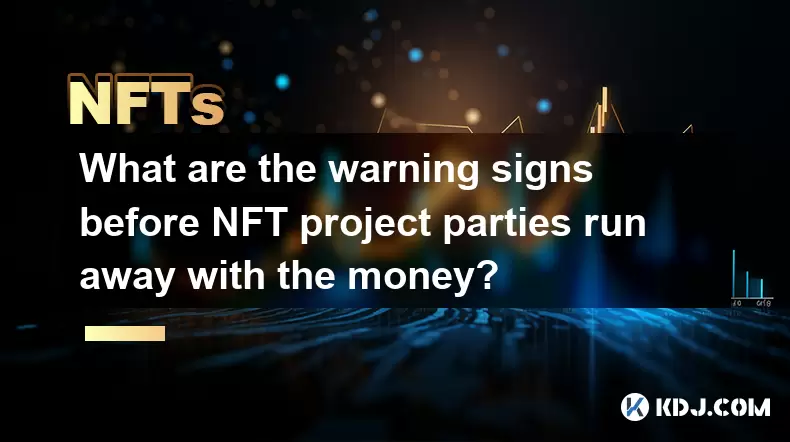
1. Lack of Transparency in the Development Team
One of the most significant red flags to watch for is when the team behind an NFT project remains anonymous or provides vague information about their identities and backgrounds. Transparency is crucial in the cryptocurrency and NFT space, where trust is often built on digital presence and proven expertise.
If a project does not disclose its core developers, advisors, or community managers, it raises concerns about accountability. Projects that hide their identities may be planning to disappear after collecting funds. A legitimate project typically showcases verified profiles on platforms like LinkedIn, GitHub, or Twitter.
Another warning sign is when the team members' social media accounts appear newly created or lack a history of professional activity. This could indicate that the personas are fabricated or being used temporarily to promote the project.
- Check if team members have verifiable past work experience.
- Look for inconsistencies in the timeline of their public activity.
- Beware of generic or stock images used as profile pictures.
2. Unrealistic Promises and Guaranteed Returns
Many scam projects lure investors with exaggerated promises such as guaranteed profits, rapid price increases, or unrealistic roadmap milestones. Legitimate NFT projects rarely promise specific returns, especially during the early stages.
Phrases like “10x your investment in a week” or “exclusive access to top-tier buyers” should raise suspicion. These statements are often designed to create a sense of urgency and fear of missing out (FOMO). Scammers use these tactics to push people into making hasty decisions without due diligence.
Additionally, some projects might offer referral bonuses or multi-level marketing-style incentives to recruit more participants. This structure mimics Ponzi schemes, where early investors benefit from funds contributed by later ones.
- Avoid projects promising fixed ROI percentages or timelines.
- Question aggressive marketing campaigns with little substance.
- Be cautious of influencers heavily promoting the project without disclosing affiliations.
3. Absence of a Clear Use Case or Utility
Before investing in any NFT collection, it’s important to understand what value the NFTs bring beyond aesthetic appeal. If the project lacks a clear utility—such as access to exclusive content, play-to-earn features, metaverse integration, or real-world applications—it may be a sign of a speculative bubble.
Scam projects often focus solely on aesthetics and hype, without explaining how the NFTs will retain long-term value. Projects that fail to articulate a sustainable economic model or ecosystem around their tokens are at higher risk of rug pulls.
Some red flags include:
- No whitepaper or development roadmap available.
- Vague or overly ambitious claims about partnerships or integrations.
- Lack of updates or progress reports after launch.
4. Sudden and Unexplained Changes in Project Direction
When a project drastically shifts its focus without prior communication or explanation, it can signal that the creators are pivoting to extract value before disappearing. For example, a game-based NFT project suddenly shifting to a purely collectible format may indicate a change in intentions.
Sudden changes in tokenomics, distribution plans, or smart contract settings are particularly concerning. If the team introduces new fees, alters minting rules, or delays promised deliverables without transparency, it's worth questioning their motives.
Red flags also include:
- Removal of original roadmap items without replacement.
- Changes in wallet addresses or contract ownership without notice.
- Unexplained pauses in development or team activity.
5. Inactive or Censored Community Engagement
Healthy NFT communities thrive on open dialogue, active moderation, and transparent communication. When a project’s Discord server, Telegram group, or Twitter account becomes unusually quiet or starts censoring critical questions, it’s a cause for concern.
Scammers often silence dissenting voices or remove community members who ask tough questions. They may also flood official channels with bots or paid promotions to drown out negative sentiment.
Other signs include:
- Moderators deleting skeptical comments or banning users quickly.
- Lack of direct responses from the core team on major issues.
- Sudden migration to private communication channels without explanation.
Frequently Asked Questions
How can I verify the legitimacy of an NFT project’s team?
You can start by searching for each team member individually on professional platforms like LinkedIn or GitHub. Cross-check their past contributions and look for consistent online activity. Verified interviews, AMA sessions, or live Q&A events are also good indicators of authenticity.
What role do smart contracts play in identifying potential rug pulls?
Smart contracts govern how NFTs are minted, traded, and distributed. If the contract code has functions that allow the owner to withdraw funds or alter token supply without limits, it can be exploited. Always review the contract on platforms like Etherscan or BscScan, and check for audits from reputable firms.
Can social media activity predict if a project is a scam?
While not foolproof, suspicious patterns such as sudden spikes in follower count, bot-like engagement, or excessive promotional content without substance can be indicative of manipulation. Compare the growth rate and engagement quality across different platforms.
Are there tools or services that help detect exit scams in NFTs?
Yes, several analytics platforms and community forums track known scams and suspicious activities. Tools like DappRadar, CoinGecko NFT, and blockchain explorers provide insights into transaction flows and wallet behaviors. Additionally, joining trusted NFT communities on Reddit or Discord can help you stay updated on potential risks.
Disclaimer:info@kdj.com
The information provided is not trading advice. kdj.com does not assume any responsibility for any investments made based on the information provided in this article. Cryptocurrencies are highly volatile and it is highly recommended that you invest with caution after thorough research!
If you believe that the content used on this website infringes your copyright, please contact us immediately (info@kdj.com) and we will delete it promptly.
- BNB Price Check: Stablecoin Surge vs. Prediction Rollercoaster
- 2025-06-23 14:25:12
- Metaplanet's Bitcoin Bonanza: Holdings Skyrocket Amidst Market Swings
- 2025-06-23 14:25:12
- Global Meltdown, Investors, and Safe Havens: Navigating the Storm
- 2025-06-23 14:30:12
- NFT Sales Snapshot: Guild of Heroes, Polygon, and the Market's Shifting Sands
- 2025-06-23 15:25:12
- AVAX Support Holds, Eyes Potential Surge: What's Next?
- 2025-06-23 15:11:16
- Cointelegraph Under Fire: Exploits, Phishing, and the Crypto Media Minefield
- 2025-06-23 15:11:16
Related knowledge
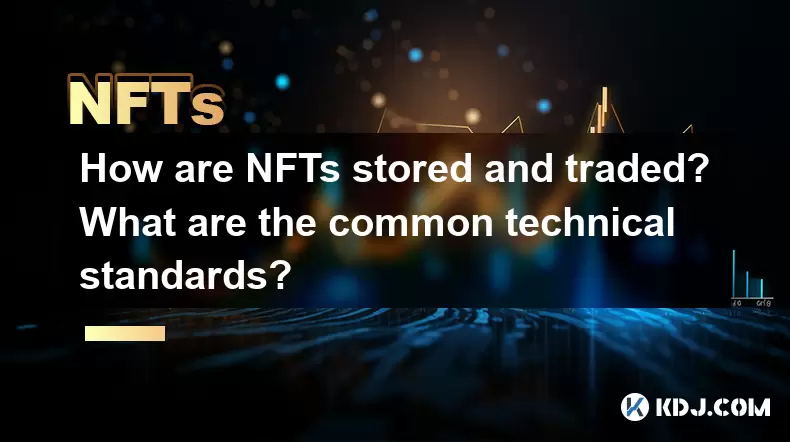
How are NFTs stored and traded? What are the common technical standards?
Jun 20,2025 at 08:49am
Understanding NFT Storage MechanismsNon-Fungible Tokens (NFTs) are digital assets that represent ownership of a unique item or piece of content, such as art, music, videos, or virtual real estate. The way NFTs are stored is crucial to their security and accessibility. Most NFTs are built on blockchain platforms like Ethereum, and the actual file—such as...
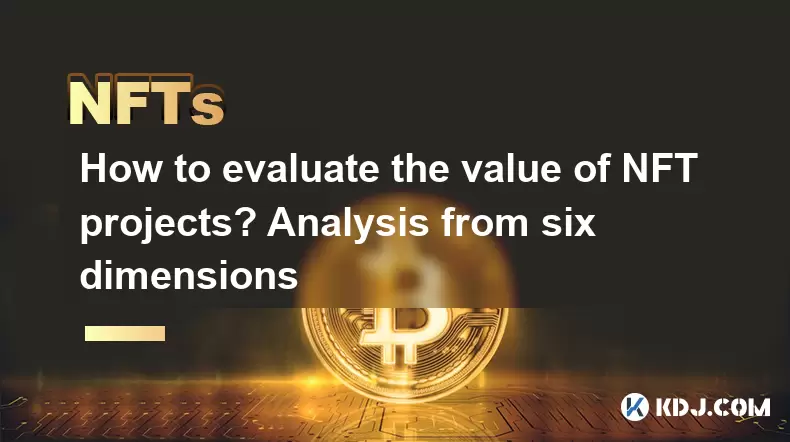
How to evaluate the value of NFT projects? Analysis from six dimensions
Jun 21,2025 at 02:28pm
1. Project Background and Team CredibilityEvaluating the value of NFT projects begins with a thorough understanding of its background and team composition. A credible project is usually backed by experienced developers, designers, and marketers who have a proven track record in blockchain or digital art industries. The presence of identifiable team memb...

What is the difference between NFT and digital collectibles? A must-read guide for beginners
Jun 19,2025 at 09:42pm
Understanding the Basics of NFTsNFTs, or Non-Fungible Tokens, are unique digital assets that represent ownership of a specific item or piece of content on the blockchain. Unlike cryptocurrencies such as Bitcoin or Ethereum, which are fungible and can be exchanged one-for-one, each NFT has distinct properties and cannot be directly replaced by another to...
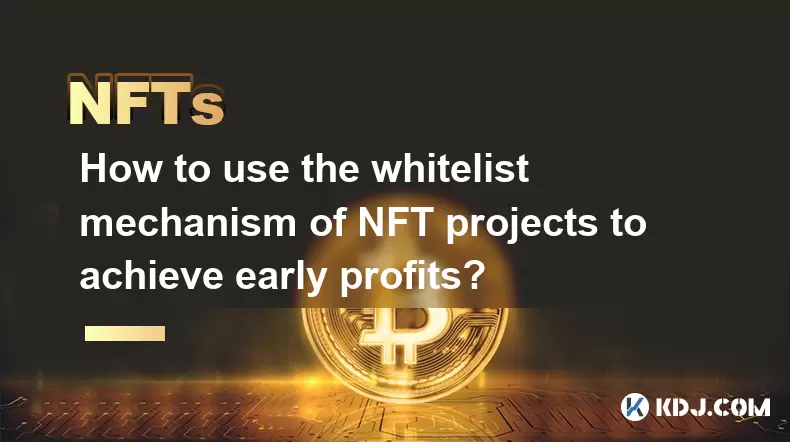
How to use the whitelist mechanism of NFT projects to achieve early profits?
Jun 21,2025 at 03:49am
Understanding the Whitelist Mechanism in NFT ProjectsThe whitelist mechanism is a popular strategy used by NFT project developers to allocate early access or exclusive minting rights to a select group of users. This system allows participants on the whitelist to mint NFTs before they are released to the general public, often at lower prices and with few...
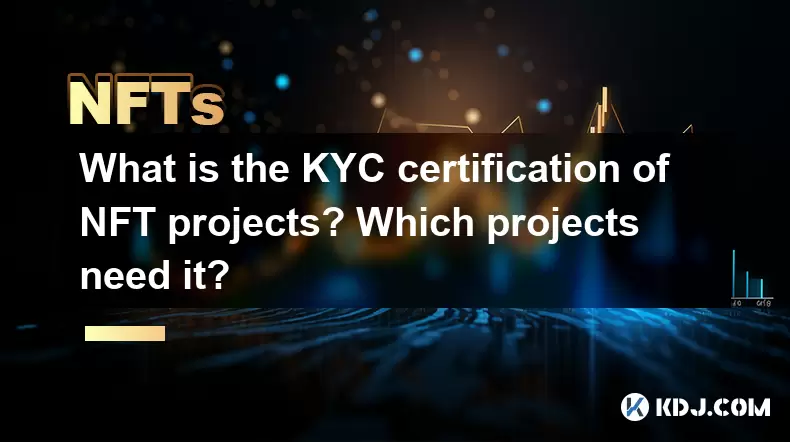
What is the KYC certification of NFT projects? Which projects need it?
Jun 21,2025 at 03:08pm
Understanding KYC Certification in the NFT SpaceKYC, or Know Your Customer, is a regulatory process used by businesses to verify the identity of their clients. In the context of NFT projects, KYC certification refers to the verification of user identities before they can participate in minting, trading, or selling NFTs on a platform. This practice is in...
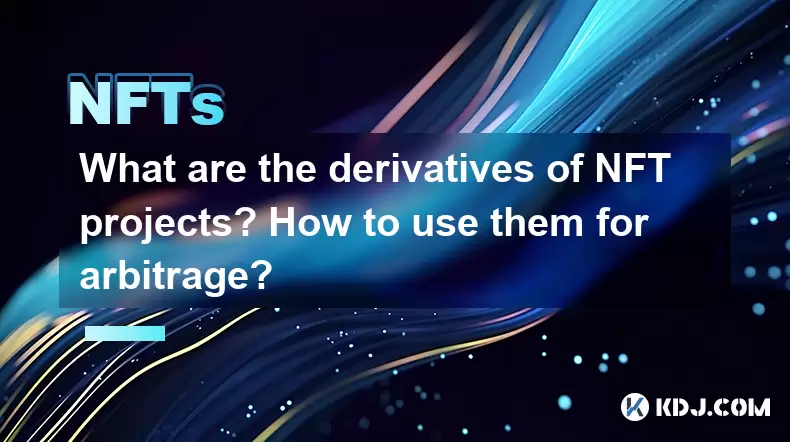
What are the derivatives of NFT projects? How to use them for arbitrage?
Jun 20,2025 at 06:14am
Understanding the Derivatives of NFT ProjectsNFTs, or non-fungible tokens, have evolved beyond simple digital collectibles. In recent years, derivatives of NFT projects have emerged as a new financial layer within the blockchain ecosystem. These derivatives are essentially financial instruments derived from the value and performance of underlying NFT as...

How are NFTs stored and traded? What are the common technical standards?
Jun 20,2025 at 08:49am
Understanding NFT Storage MechanismsNon-Fungible Tokens (NFTs) are digital assets that represent ownership of a unique item or piece of content, such as art, music, videos, or virtual real estate. The way NFTs are stored is crucial to their security and accessibility. Most NFTs are built on blockchain platforms like Ethereum, and the actual file—such as...

How to evaluate the value of NFT projects? Analysis from six dimensions
Jun 21,2025 at 02:28pm
1. Project Background and Team CredibilityEvaluating the value of NFT projects begins with a thorough understanding of its background and team composition. A credible project is usually backed by experienced developers, designers, and marketers who have a proven track record in blockchain or digital art industries. The presence of identifiable team memb...

What is the difference between NFT and digital collectibles? A must-read guide for beginners
Jun 19,2025 at 09:42pm
Understanding the Basics of NFTsNFTs, or Non-Fungible Tokens, are unique digital assets that represent ownership of a specific item or piece of content on the blockchain. Unlike cryptocurrencies such as Bitcoin or Ethereum, which are fungible and can be exchanged one-for-one, each NFT has distinct properties and cannot be directly replaced by another to...

How to use the whitelist mechanism of NFT projects to achieve early profits?
Jun 21,2025 at 03:49am
Understanding the Whitelist Mechanism in NFT ProjectsThe whitelist mechanism is a popular strategy used by NFT project developers to allocate early access or exclusive minting rights to a select group of users. This system allows participants on the whitelist to mint NFTs before they are released to the general public, often at lower prices and with few...

What is the KYC certification of NFT projects? Which projects need it?
Jun 21,2025 at 03:08pm
Understanding KYC Certification in the NFT SpaceKYC, or Know Your Customer, is a regulatory process used by businesses to verify the identity of their clients. In the context of NFT projects, KYC certification refers to the verification of user identities before they can participate in minting, trading, or selling NFTs on a platform. This practice is in...

What are the derivatives of NFT projects? How to use them for arbitrage?
Jun 20,2025 at 06:14am
Understanding the Derivatives of NFT ProjectsNFTs, or non-fungible tokens, have evolved beyond simple digital collectibles. In recent years, derivatives of NFT projects have emerged as a new financial layer within the blockchain ecosystem. These derivatives are essentially financial instruments derived from the value and performance of underlying NFT as...
See all articles
























































































